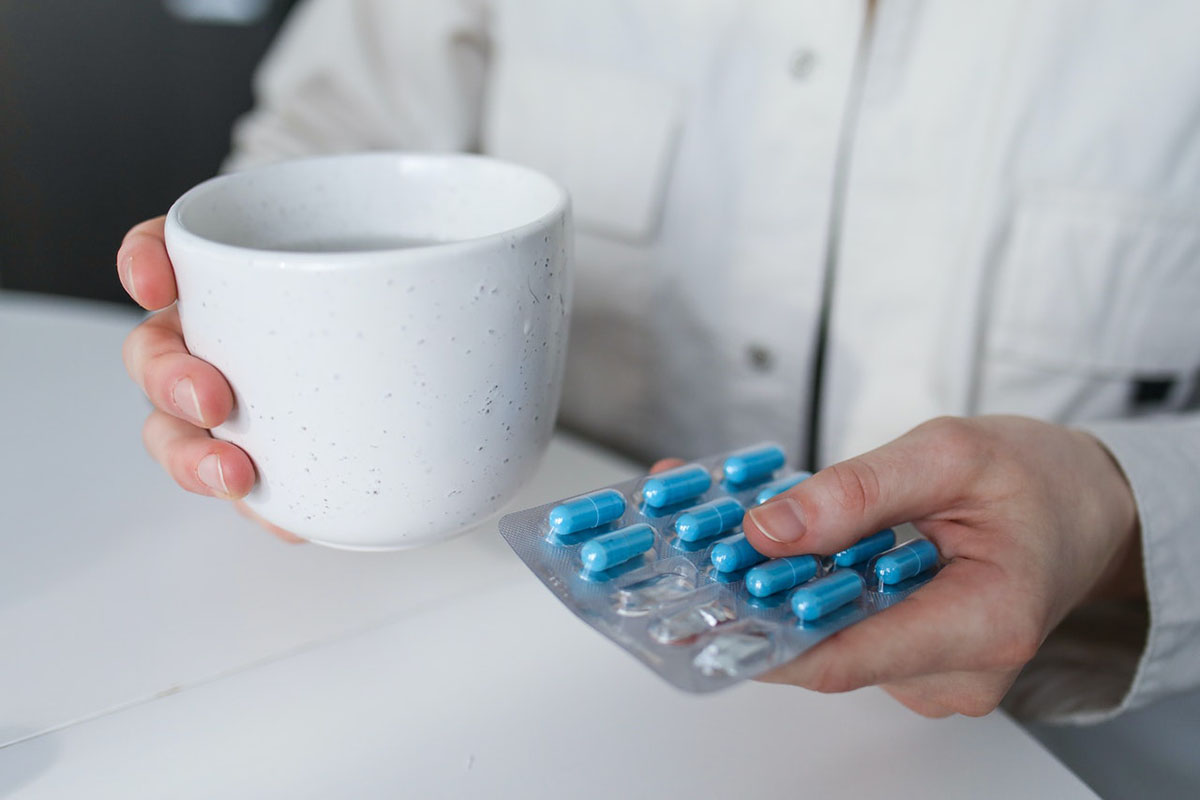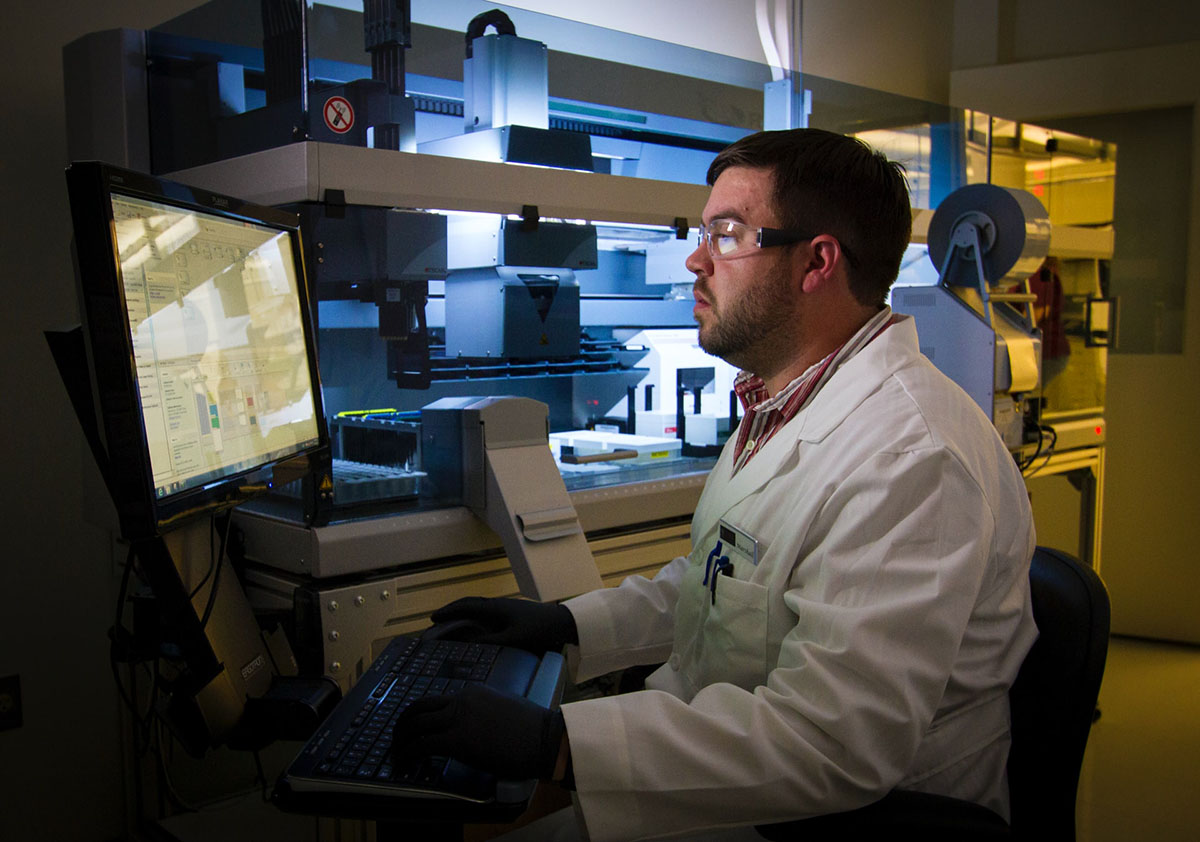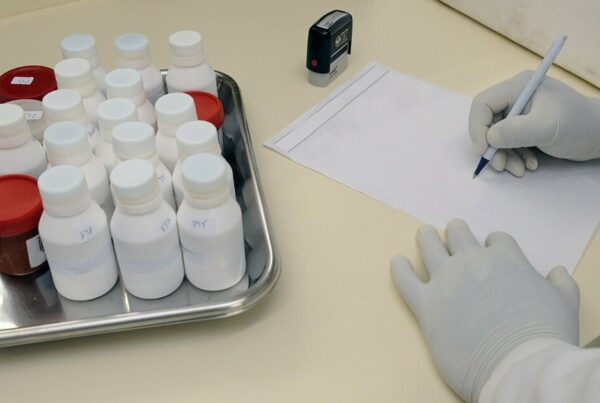In order to bring more effective treatments to market, researchers must evaluate the efficacy of these new medicines in clinical trials. When patients enroll in clinical trials, they must often remain under close supervision and perform regular tests, which can be inconvenient and burdensome to the patient’s everyday life.
Luckily, there are a number of ways clinical trial operators can help reduce patient burden while still gathering the necessary data to prove their drugs are safe and effective enough to be sold on the market. Reducing patient burden can also reduce overall study costs.
Why Does Reducing Patient Burden Matter?
Reducing the burden for clinical trial patients is critical for one main reason: A poorly run study can make it harder to collect and analyze information. If research participants are burdened or uncomfortable, their responses might be affected
This means that data may need to be thrown out or cleaned up later on. An inefficient clinical trial means less time, money and resources have been used to gather findings. That’s why it’s so important to keep subjects as comfortable as possible.
Not only does making sure research participants are comfortable help researchers efficiently gather data, but it also keeps research subjects involved. Keeping people in studies is essential because it ensures that many different perspectives and experiences are shared and that each person’s contribution helps shape future treatment.
Finally, it’s important to keep subjects involved with clinical trials because patient participation is a powerful way to help others. Sharing your experiences can lead to new treatments affecting certain groups of people and allow researchers to gather data they otherwise couldn’t access.
The bottom line is that patient involvement in clinical trials is vital because research subjects are invaluable. People who are willing to share their experiences with others can greatly reduce the trial burden, so it’s important to make sure they’re comfortable at all times. Not only does it improve outcomes for everyone involved, but it also makes people happy and more likely to participate in future studies—which ultimately benefits everyone involved.
Ways to Reduce Clinical Trial Burden
There are several different ways you can reduce the burden on the patient during a clinical trial. Before we get into those, let’s take a step back and talk about what patient burden actually means, and why it’s such an important concept in clinical trials.
When researchers look at patients enrolled in a study, they compare the way that group of people experienced a disease or treatment to how another group of people without that disease or treatment would experience it. They do so by comparing them to similar people who aren’t participating in studies. This lets us see whether patients on one drug respond differently than patients on another drug.
Let’s get into a few ways that researchers can reduce the burden on their participants.
- It’s important to keep in mind that these approaches vary from patient to patient. One person may be extremely uncomfortable with procedures and want as little interaction with a doctor or nurse as possible, while another might feel more comfortable at every step along their journey through a trial. With that said, one of your best bets is to find out what different types of patients are concerned about most when entering into a study—and then work hard to try and alleviate those concerns.
- Another way to reduce clinical trial burden is by developing a warm, friendly relationship with participants at all stages of a trial. To help with this, researchers can conduct meetings between patient and provider without any other people present, letting them speak freely about their experience without fearing they might be embarrassed or reprimanded by anyone else present.
- Reducing the number of repetitive forms that the patient needs to fill out can also help reduce the burden. Removing redundant fields or using digital forms can help reduce the number of forms that the patient needs to fill out and can pre-fill some fields for them such as their name and address.
If you’re interested in conducting a clinical trial but don’t know where to start, getting in touch with someone like a clinical trial specialist can help you navigate both that process and any changes that come with it. Even if you aren’t ready to begin recruiting patients yet, they can still help you think through ways that you can minimize your patient’s burden when it comes time for recruitment—and after all, isn’t patient comfort one of your main goals?
Patient Burden From Questionnaires
While many patients report that they find it difficult to answer lengthy surveys and questionnaires, it’s important for them to do so. In a clinical trial setting, not only are questionnaires an important way for researchers to gather information from participants, but they can also help reduce participant burden when researchers follow up with electronic surveys sent to patients through mail or email.
The burden on the patient can also be reduced by eliminating redundant questions on multiple surveys. Avoid repetitive questions wherever possible so that patients don’t feel bogged down by too much information, and make sure there are no duplicate questions across different forms or surveys that have been administered during a study.
Additionally, it’s also important to keep survey questions short and concise. Using multiple-choice or Yes/No questions can help you eliminate redundancy. You should also try to ensure that patients fill out as few questionnaires as possible during their time as study participants. This will not only make each survey more enjoyable for them (and less stressful), but it will cut down on how many different documents they have to take home or mail back once a study is completed.
Electronic surveys that are sent via email can be just as effective—if not more so—as paper surveys and can help to cut down on participant burden significantly. The best part is that if you send an electronic survey through email, patients will have the opportunity to complete their forms wherever and whenever they want. They don’t have to worry about finding time for a paper questionnaire, or filling one out on their lunch break or during evening hours at home if they work during business hours.
In a clinical trial setting, it’s important for patients to complete questionnaires and surveys on a regular basis to keep track of the patients’ health status. However, if you want to help reduce the participant burden in your study, try to make questionnaires short and concise, and free of redundancy.
When possible, send electronic surveys so that patients can take them home or on their phones or other mobile devices at any time. If a paper survey is necessary, don’t ask for duplicate information from participants; rather, focus on gathering new data whenever possible to minimize redundancy wherever possible.
Lower Clinical Trial Site Burden
Overworked physicians may be more resistant to assisting with clinical trials. Physicians often don’t have enough time to read and implement informed consent forms because they must manage dozens of studies at a time, juggling them on top of their regular workloads.
As a result, many patients aren’t properly informed about their participation in clinical trials, which can delay study progress or even derail it altogether. As such, if you’re running a clinical trial and want to ensure you have happy volunteers who will stick with your program, consider trying one or more of these approaches.
The first approach is hiring a professional consulting service to develop and provide your informed consent forms. You can use a number of services, but hiring experts that have experience designing informed consent documents for clinical trials will ensure you have a well-written form with no missing or invalid information.
The second approach is using a pre-trial counseling service. Unlike a consulting firm, these companies offer their services on a per-patient basis, conducting one-on-one counseling sessions with your volunteers to ensure they’re fully informed about their participation in your clinical trial. They can also help build rapport between you and your participants, making them more comfortable about enrolling and staying in your program.
Patient Burden From Physical Examinations and Procedures
Physical examinations and procedures are important for clinical trials, but patients’ opinions of them vary widely. Some patients say they find physical exams and procedures uncomfortable or disruptive to their daily routines, while others are perfectly fine with them.
The number of exams and procedures in a clinical trial can affect patient burden; studies with numerous activities often receive low patient-satisfaction scores due to increased inconvenience. On top of that, study patients who receive more exams also tend to be more fatigued as a result. If you’re looking for ways to reduce physical exam and procedure workloads, here are some possible steps
It’s important to make sure that exams and procedures don’t cause patients to experience fatigue. It’s easy for these tasks to become repetitive, so consider switching things up every now and then. For example, if you ask study participants a series of questions at every visit, try adding an audio recording component or using a survey website like SurveyMonkey instead so that they can fill out the survey digitally.
With physical exams and procedures, it’s also a good idea to avoid conflicts with patient schedules. Try scheduling these activities early on so that patients know when they will need to come in months in advance.
If you require patients to come in for visits more frequently than every two weeks or so, consider adding a second or third visit per week instead of asking them to travel each time. It’s also helpful if study staff can handle some elements of physical exams and procedures at central locations that are closer to patients’ homes and workplaces. In some cases, studies have found that collecting regular biospecimens is preferable over multiple daily draws during office visits.
Be transparent with patients about physical exams and procedures. If you can, share study-specific information ahead of time and make sure it’s in a language that participants understand. It’s also a good idea to offer clear instructions on what they should expect, such as how long exams will take or how much preparation is needed beforehand.
If you require participants to come to your site every day for many weeks, be upfront about that too so they can plan their schedules accordingly. If study participants live outside your immediate area but must visit your site every other day for several weeks at a time, consider offering overnight accommodations on-site so participants don’t have to drive home late at night after study sessions.
Improving Face-to-Face Encounters With Patients by Using Technology
Technology can significantly lower clinical trial site burden. By utilizing videoconferencing or digital messaging, doctors can connect with patients by providing a personalized, positive experience that takes some of the clinical trials’ negative aspects out of an in-person encounter. Such technology has a number of practical benefits that make it a potentially powerful tool for making patient visits more effective and less frustrating.
Using digital tools such as messaging and videoconferencing is one way that clinics are reducing clinical trial site burden for their patients by cutting down on unnecessary visits. By using these technologies, doctors can easily communicate with patients over long distances while still maintaining high levels of care.
The digital age has changed nearly every aspect of our lives, and that includes health care. Not only does technology such as email make it easier to communicate with medical providers when we need them, but it also enables patients to handle some tasks on their own.
For example, following up with a doctor after an appointment by sending a message over an online portal. In addition to being more convenient for patients, digital technology can also improve the quality of care. That’s why so many doctors and clinics are finding ways to incorporate digital communication in their practices.
Reducing Administrative Burdens
Study participants should not have to worry about remembering details and keeping appointments on top of their already busy lives. They’re simply an average of volunteers taking time out of their daily routine to participate in research that may someday help others.
Whether it’s for a clinical trial or observational study, participants often feel as if they are burdened with extra time commitments, which can be discouraging. Remember that these people are trusting you with a lot by participating in your research – don’t let them down by making things more complicated than they need to be. On a general level, try to streamline procedures like paperwork and scheduling so patients can focus on getting healthy instead of stressing over logistics.
When it comes to administrative processes, try to minimize them as much as possible. Not only does it make your study easier for volunteers and staff alike, but it also helps you develop trust with them by showing them that you respect their time and efforts.
Focus on streamlining procedures like paperwork so patients can focus on getting healthy instead of stressing over logistics. The easier you make things for participants, especially if they’re new to clinical trials or research in general, is more likely they’ll be satisfied with your research project overall.
Minimizing the burden doesn’t just benefit patients – it can help you as well. Having to deal with a lot of paperwork and admin work yourself is distracting, time-consuming, and stressful. Don’t forget that volunteers are there to take time out of their busy lives to participate in research, so they should never have to worry about a thing except getting better if they need treatment.
Technology can help in the administrative process by digitizing forms and appointment reminders. By making their participation as convenient as possible, you show them that you respect their contribution.
How Can Clinical Trial Costs be Lowered by Reducing Patient Burden?
The cost of clinical trials has been on the rise which means researchers need to make sure they are reducing costs wherever they can. Reducing the burden on your patients can help cut costs by keeping patients in the study and reducing administrative costs.
Effective ways to reduce patient burden range from simple things like:
- Streamlining patient communication
- Reducing confusion over trial logistics and protocol changes
- Providing study support through regular check-ins
Done effectively and consistently, these steps can help keep patients happy while easing their administrative burdens—meaning lower overall costs for everyone involved in a clinical trial.
Once you’ve identified your sources of burden, make sure you provide regular feedback to your research team so they can fix issues as they arise. In fact, early feedback is key to effective ways to reduce patient burden because it gives teams time to try new approaches before running into more serious problems down the road.
It’s difficult to overstate how much lower clinical trial costs can be with effective ways to reduce patient burden. Using technology you can help reduce clinical trial burden and costs for the research team. Communicate with your patients and research team to find out what challenges they are experiencing.









